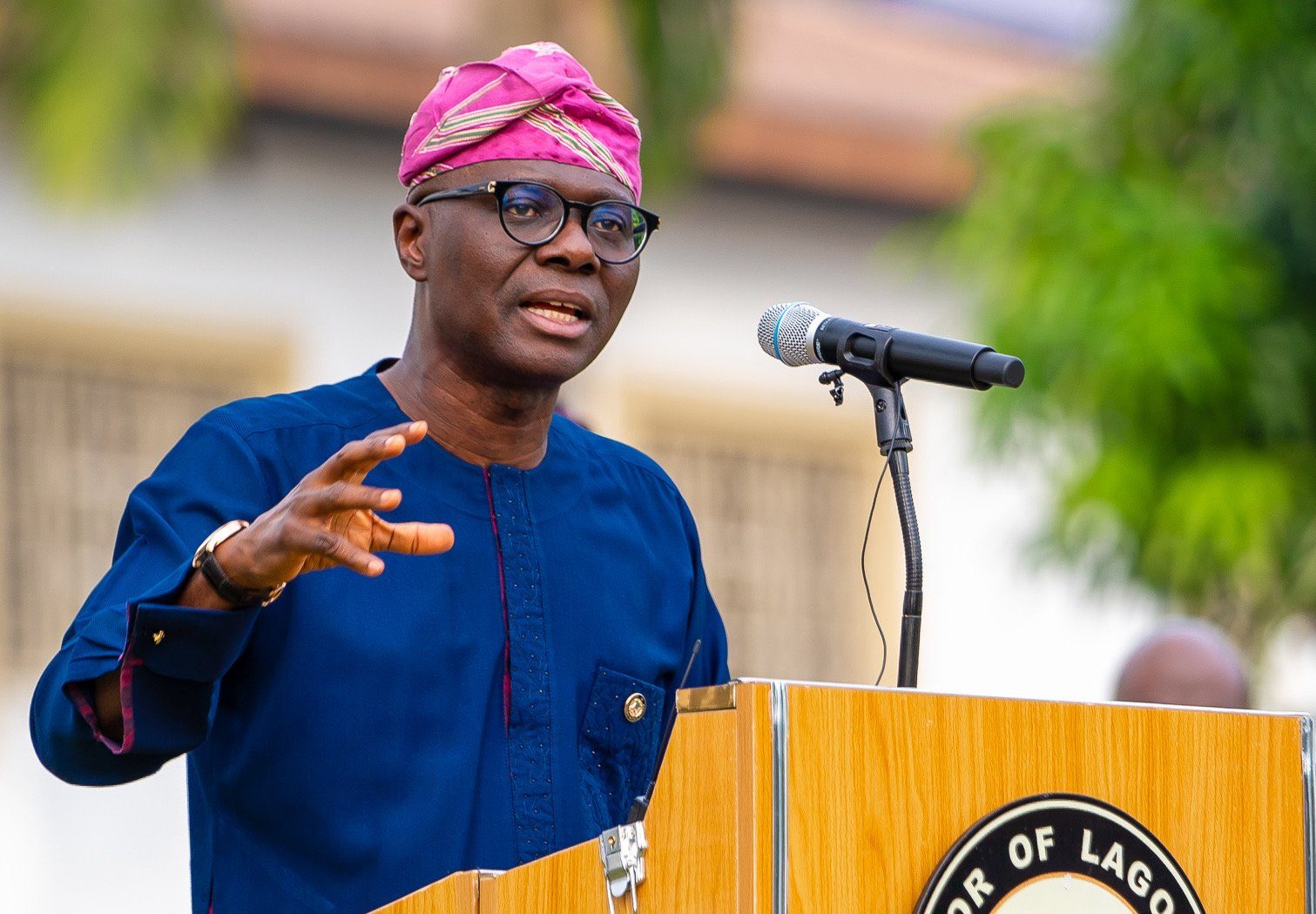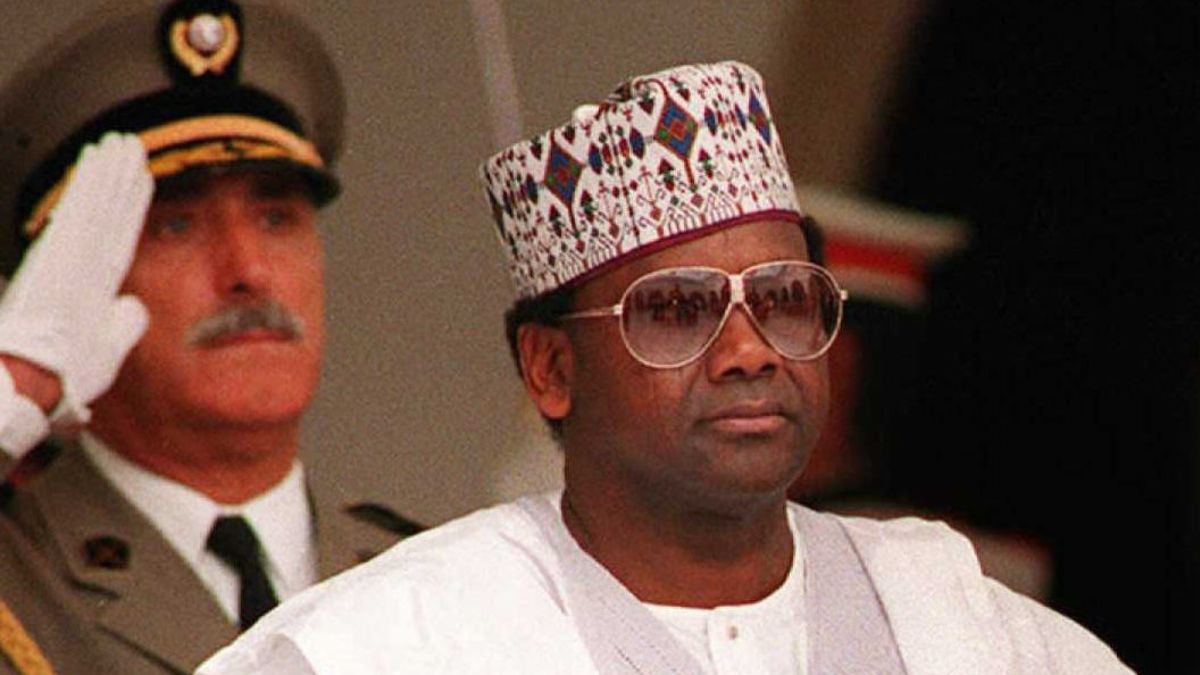IKEJA, Nigeria – The Lagos State Ministry of Transportation, in collaboration with Huawei Technologies, has rolled out a new series of Intelligent Transport System (ITS) installations across key traffic locations in the city, aiming to monitor speeding and improve traffic management.
The new infrastructure, which was launched in February, will complement the existing network of Automatic Number Plate Recognition (ANPR) cameras and other traffic management devices already in place.
Oluwaseun Osiyemi, the Lagos State Commissioner for Transportation, spoke about the initiative, stating, “These installations are designed to strengthen the existing traffic solutions and enhance the enforcement of road safety rules across the city.”
He added that the new system would help ensure better compliance with speed limits and traffic regulations.
The newly installed systems include speed cameras, traffic lights, and e-police stations strategically located in various parts of Lagos.
Violations at these sites will be automatically detected, and motorists who break the law will receive SMS notifications from the Vehicle Inspection Service (VIS) detailing the nature of the violation and the corresponding fines.
Osiyemi also clarified the penalties for various infractions: “The fine for running a red light is N20,000, and N50,000 for speeding violations.”
The newly monitored sites span across critical locations in Lagos, including bridges, highways, and busy intersections.
Below is a list of the monitored locations, along with their respective speed limits:
-
Third Mainland Bridge
– Speed Limit: 80 km/h
– Speed cameras are positioned along this vital bridge, which connects Lagos Island with the mainland. -
Alapere, Ogudu Road
– Speed Limit: 80 km/h
– Speed cameras ensure adherence to speed limits at this key point along Ogudu Road. -
NITEL, Mobolaji Bank Anthony Way
– Speed Limit: 60 km/h
– Cameras monitor vehicles along this busy route in Lagos. -
Ojota Bridge (by Motorway)
– Speed Limit: 50 km/h
– Speed cameras are installed at this busy junction, where traffic density requires a lower speed limit. -
Lekki-Ikoyi Bridge
– Speed Limit: 50 km/h to 60 km/h
– This bridge, connecting Lekki to Ikoyi, is now under surveillance to enforce traffic laws. -
Allen Avenue Road Junction
– Speed Limit: 50 km/h
– An e-police station has been set up here to monitor and penalise traffic violators. -
Nurudeen Olowopopo Road
– Speed Limit: 60 km/h
– This road has cameras in place to ensure speed limits are adhered to. -
Ikorodu Road (various locations)
– Speed Limit: 50 km/h to 60 km/h
– Multiple speed cameras have been installed along different stretches of this busy road. -
Oshodi-Apapa Expressway
– Speed Limit: 50 km/h to 60 km/h
– Several cameras on this highway monitor and regulate the traffic flow. -
Epe Expressway
– Speed Limit: 80 km/h
– Speed cameras are placed along the Epe Expressway to enforce speed regulations. -
Murtala Mohammed International Airport Road
– Speed Limit: 60 km/h
– The cameras monitor traffic around the airport area to manage speeding near the busy terminals and intersections.
These ITS installations are part of Lagos’ ongoing efforts to reduce road accidents and improve safety across the city.







